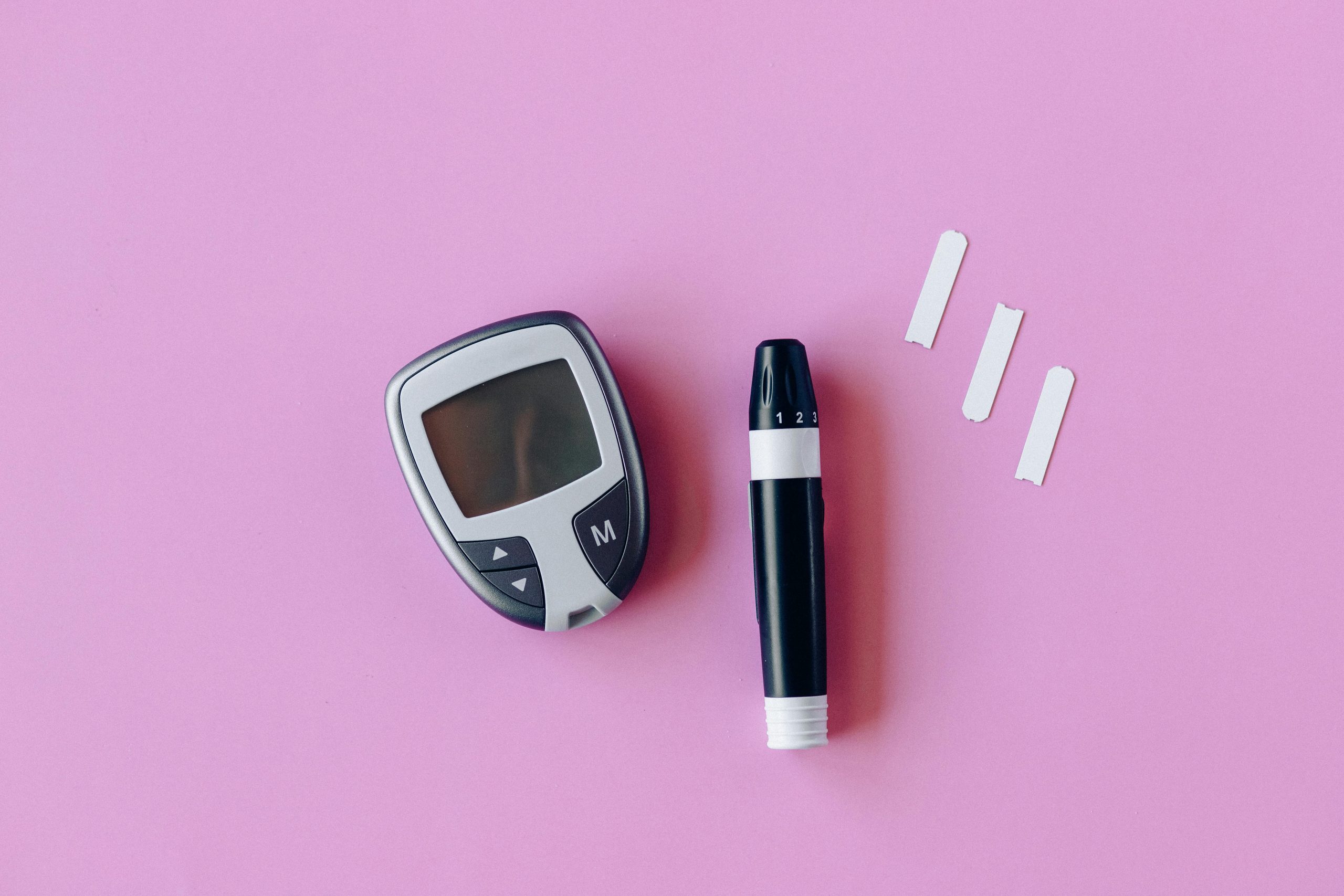Medical imaging and disease detection have been revolutionized by artificial intelligence (AI), offering unprecedented accuracy and efficiency in diagnostics. AI-powered tools are transforming radiology, pathology, and other medical fields by automating complex tasks, reducing human error, and speeding up diagnoses. From detecting tumors in MRI scans to identifying early signs of diabetic retinopathy, AI is enhancing healthcare outcomes. In this article, we explore the top AI tools for medical imaging and disease detection that are setting new standards in medical technology.
1. AI-Powered Radiology Tools
Radiology is one of the most data-intensive medical specialties, making it an ideal field for AI integration. AI tools are now capable of analyzing X-rays, CT scans, and MRIs with remarkable precision, assisting radiologists in detecting abnormalities faster.
Key AI Radiology Tools:
- IBM Watson Health Imaging: Uses deep learning to analyze medical images, helping radiologists identify tumors, fractures, and other conditions with high accuracy.
- Zebra Medical Vision: Offers AI algorithms for detecting conditions like lung cancer, cardiovascular diseases, and liver abnormalities from imaging data.
- Aidoc: Specializes in real-time analysis of CT scans, flagging critical findings such as brain hemorrhages and pulmonary embolisms.
These tools not only improve diagnostic accuracy but also reduce the workload on radiologists, allowing them to focus on complex cases.
2. AI in Pathology and Histopathology
Pathology involves examining tissue samples to diagnose diseases, a process that can be time-consuming and prone to human error. AI-powered pathology tools enhance precision by automating slide analysis and detecting subtle patterns.
Leading AI Pathology Solutions:
- PathAI: Leverages machine learning to assist pathologists in diagnosing cancers and other diseases from biopsy samples, improving consistency and accuracy.
- Proscia: Uses AI to digitize and analyze pathology slides, enabling faster and more reliable diagnoses for conditions like melanoma and breast cancer.
- DeepMind Health (Google): Developed AI models that detect breast cancer metastases in lymph nodes with high sensitivity, reducing missed diagnoses.
By integrating AI, pathology labs can streamline workflows and enhance diagnostic reliability, ultimately improving patient outcomes.
3. AI for Ophthalmology and Retinal Imaging
Eye diseases, such as diabetic retinopathy and glaucoma, require early detection to prevent vision loss. AI tools are now capable of analyzing retinal images to identify these conditions before symptoms appear.
Top AI Tools for Ophthalmology:
- IDx-DR: The first FDA-approved AI system for autonomous detection of diabetic retinopathy in retinal images, eliminating the need for specialist interpretation.
- Eyenuk’s EyeArt: Uses AI to screen for diabetic retinopathy and macular edema, providing instant results in primary care settings.
- Google’s DeepMind: Developed an AI model that predicts eye diseases by analyzing 3D retinal scans, aiding in early intervention.
These tools make eye disease screening more accessible, particularly in underserved regions with limited access to specialists.
4. AI in Cardiovascular Imaging
Cardiovascular diseases are a leading cause of death worldwide, and early detection is critical. AI tools are now assisting in analyzing echocardiograms, angiograms, and other cardiac imaging modalities to detect heart conditions early.
Notable AI Cardiovascular Tools:
- Arterys: Uses AI to automate cardiac MRI analysis, measuring heart function and blood flow with high precision.
- HeartFlow: Combines AI with CT scans to create 3D models of coronary arteries, helping cardiologists assess blockages non-invasively.
- EchoGo by Ultromics: Analyzes echocardiograms to detect heart disease with greater accuracy than traditional methods.
These AI solutions enable faster, more accurate cardiac diagnoses, improving treatment planning and patient care.
5. AI for Neurological Imaging
Neurological conditions, such as strokes and brain tumors, require rapid and precise imaging analysis. AI tools are enhancing the speed and accuracy of neurological diagnoses, improving patient outcomes.
Leading AI Neurological Tools:
- Viz.ai: Specializes in stroke detection, using AI to analyze CT scans and alert specialists in real-time, reducing treatment delays.
- Brainomix: Provides AI-powered stroke imaging analysis, helping clinicians make faster decisions for thrombectomy and thrombolysis.
- Qure.ai: Uses deep learning to detect brain hemorrhages, tumors, and other abnormalities in CT scans, improving diagnostic efficiency.
By accelerating diagnosis, these AI tools are critical in emergency neurology, where every minute counts.
Conclusion
AI is transforming medical imaging and disease detection, offering tools that enhance accuracy, efficiency, and accessibility. From radiology to ophthalmology, AI-powered solutions are helping healthcare professionals diagnose conditions earlier and with greater precision. As these technologies continue to evolve, they will play an increasingly vital role in improving patient outcomes and reducing healthcare costs. By integrating the best AI tools into clinical practice, medical professionals can stay at the forefront of diagnostic innovation.
